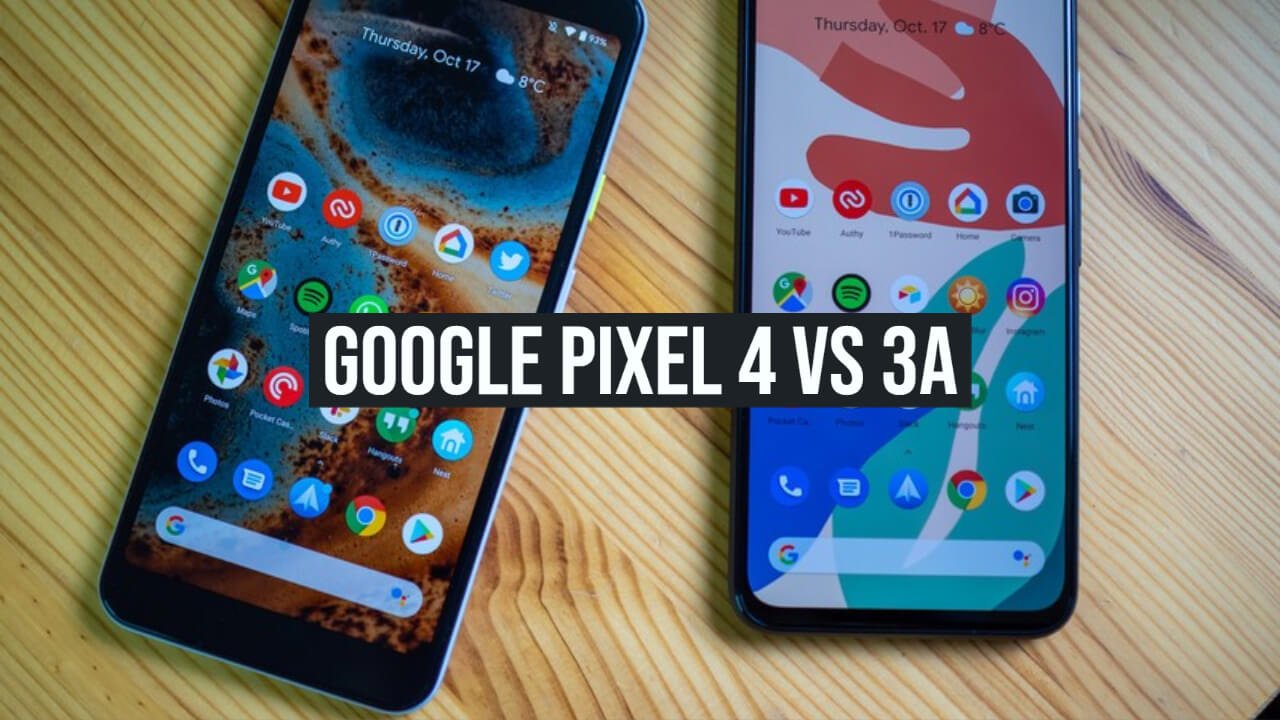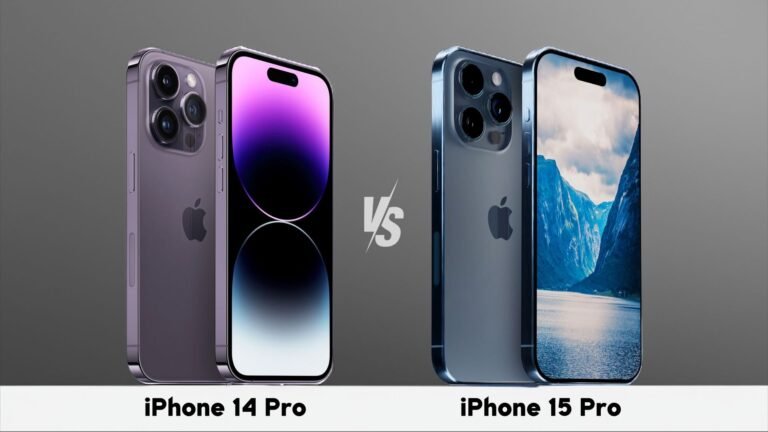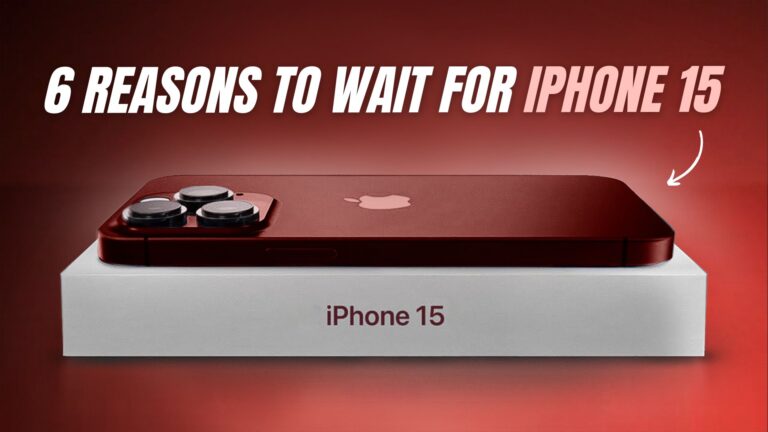| PIXEL 3a | PIXEL 4 |
| BUY NOW | BUY NOW |
| PROS | PROS |
| Flagship-caliber camera. Google software and support. Solid build. OLED display. Low price. Excellent battery life. Supports all carriers. | Class-leading cameras. Smooth 90Hz display. Effective Face Unlock. Clever AI software features. |
| CONS | CONS |
| No water resistance. Performance is good, not great. Display could be brighter. No wireless charging. | Disappointing battery life. Relatively dim display. Motion Sense gestures need work. No unlimited photo storage and original quality. |
SPECIFICATIONS
| NETWORK | PIXEL 4 | PIXEL 3A |
| Technology | GSM / CDMA / HSPA / EVDO / LTE | GSM / CDMA / HSPA / EVDO / LTE |
| Speed | HSPA 42.2/5.76 Mbps, LTE-A (5CA) Cat18 1200/150 Mbps | HSPA 42.2/5.76 Mbps, LTE-A (3CA) Cat11 600/75 Mbps |
| LAUNCH | PIXEL 4 | PIXEL 3A |
| Announced | 2019, October | 2019, May |
| Status | Available. Released 2019, October | Available. Released 2019, May |
| BODY | PIXEL 4 | PIXEL 3A |
| Dimensions | 147.1 x 68.8 x 8.2 mm (5.79 x 2.71 x 0.32 in) | 151.3 x 70.1 x 8.2 mm (5.96 x 2.76 x 0.32 in) |
| Weight | 162 g (5.71 oz) | 147 g (5.19 oz) |
| SIM | Nano-SIM card & eSIM | Nano-SIM |
| DISPLAY | PIXEL 4 | PIXEL 3A |
| Type | P-OLED capacitive touchscreen, 16M colors | OLED capacitive touchscreen, 16M colors |
| Size | 5.7 inches, 80.7 cm2 (~79.8% screen-to-body ratio) | 5.6 inches, 79.6 cm2 (~75.0% screen-to-body ratio) |
| Resolution | 1080 x 2280 pixels, 19:9 ratio (~444 ppi density) | 1080 x 2220 pixels, 18.5:9 ratio (~441 ppi density) |
| PLATFORM | PIXEL 4 | PIXEL 3A |
| OS | Android 10.0 | Android 9.0 (Pie), upgradable to Android 10.0 |
| Chipset | Qualcomm SM8150 Snapdragon 855 (7 nm) | Qualcomm SDM670 Snapdragon 670 (10 nm) |
| CPU | Octa-core (1×2.84 GHz Kryo 485 & 3×2.42 GHz Kryo 485 & 4×1.78 GHz Kryo 485) | Octa-core (2×2.0 GHz 360 Gold & 6×1.7 GHz Kryo 360 Silver) |
| GPU | Adreno 640 | Adreno 615 |
| MEMORY | PIXEL 4 | PIXEL 3A |
| Card slot | No | No |
| Internal | 64GB 6GB RAM, 128GB 6GB RAM | 64GB 4GB RAM |
| MAIN CAMERA | PIXEL 4 | PIXEL 3A |
| Modules | 12.2 MP, f/1.7, 27mm (wide), 1/2.55″, 1.4µm, dual pixel PDAF, OIS 16 MP, f/2.4, 50mm (telephoto), 1/3.6″, 1.0µm, PDAF, OIS, 2x optical zoom | 12.2 MP, f/1.8, 28mm (wide), 1/2.55″, 1.4µm, dual pixel PDAF, OIS |
| Features | Dual-LED flash, Auto-HDR, panorama | Dual-LED flash, HDR, panorama |
| Video | 2160p@30fps, 1080p@30/60/120fps, 1080p@30fps (gyro-EIS) | 2160p@30fps, 1080p@30/60/120fps |
| SELFIE CAMERA | PIXEL 4 | PIXEL 3A |
| Modules | 8 MP, f/2.0, 22mm (wide), 1.22µm, no AF TOF 3D, (depth/biometrics sensor) | 8 MP, f/2.0, 24mm (wide), 1/4″, 1.12µm |
| Features | Auto-HDR | HDR |
| Video | 1080p@30fps | 1080p@30fps |
| SOUND | PIXEL 4 | PIXEL 3A |
| Loudspeaker | Yes, with stereo speakers | Yes, with stereo speakers |
| 3.5mm jack | No | Yes |
| COMMUNICATION | PIXEL 4 | PIXEL 3A |
| WLAN | Wi-Fi 802.11 a/b/g/n/ac, dual-band, Wi-Fi Direct, DLNA, hotspot | Wi-Fi 802.11 a/b/g/n/ac, dual-band, Wi-Fi Direct, hotspot |
| Bluetooth | 5.0, A2DP, LE, aptX HD | 5.0, A2DP, LE, aptX HD |
| GPS | Yes, with A-GPS, GLONASS, BDS, GALILEO | Yes, with A-GPS, GLONASS, GALILEO |
| NFC | Yes | Yes |
| Infrared port | No | |
| USB | 3.1, Type-C 1.0 reversible connector | 2.0, Type-C 1.0 reversible connector |
| FEATURES | PIXEL 4 | PIXEL 3A |
| Sensors | Face ID, accelerometer, gyro, proximity, compass, barometer | Fingerprint (rear-mounted), accelerometer, gyro, proximity, compass, barometer |
| BATTERY | PIXEL 4 | PIXEL 3A |
| Battery | Non-removable Li-Po 2800 mAh battery | Non-removable Li-Po 3000 mAh battery |
| MISC | PIXEL 4 | PIXEL 3A |
| Colors | Clearly White, Just Black, Oh So Orange | Just Black, Clearly White, Purple-ish |
DESIGN
Google Pixel 4:
I think it looks nice, especially with the matte finishing on the orange and white versions, but looks are subjective, so no point talking too much about it.
Above the display, is where you’ll find the Face Unlock hardware, along with a new radar chip that enables a feature called Motion sense. I don’t really have much to say about Motion Sense because as it is, I don’t really have a lot of uses for it. Even for changing tracks, I’m using Poweramp music player which doesn’t support the gestures at this point in time. I’m sure some folks will find it useful, but for me it’s just not worth wasting battery keeping the feature on all the time.
Google Pixel 3a:
Using the pixel 3a reminds me of my time with the Nexus 5x. It doesn’t have the most premium of builds or the best aspects but there’s a great deal of character to this phone and most importantly you get the best features of other pixel phones in a device that cost less than half the price of them.
Google have gone with the old plastic build which is not necessarily a bad thing. It’s a lot more durable and won’t shatter like glass but it just simply doesn’t feel quite as nice to hold. Maybe because it’s lighter or because you don’t get the feel of metal when you pick it up but I just simply haven’t enjoyed the plastic.
![]()
DISPLAY
Google Pixel 4:
For the Pixel 4, the screen is capable of a faster 90Hz refresh rate, and it does make everything seem a bit smoother, which is nice. However, even though it’s smart enough to deactivate the faster refresh rate when it is not needed, I still think it uses too much battery for my liking. Given the choice between faster refresh rate or better battery life, I’ll go with battery life for sure.
Another thing I want to mention is that the brightness of the screen is still just average, and can seem a little dim under a hot sunny day. On the bright side, at least I haven’t encountered any uneven tint issue.
Google Pixel 3a:
On the front, we have a dragon glass protected display and this is the most noticeable feature. Basically, all of the flagships have Gorilla Glass and this has dragon glass because they’ve decided to cut out one of the most protective features of the phone which doesn’t seem to make sense.
The display itself is great. It’s a 5.6 inch OLED with a resolution of 2220×1080. And just like other pixel phones, it has a great brightness range, excellent color representation with options for how colors are displayed, and is overall a really great screen to use.
The bezels aren’t the prettiest things being chunky at the top and bottom and with some slight symmetry they’re definitely not as good to look at as some other phones in this price range but it’s manageable.
Being an OLED screen, there is still an always-on display on this device and it is definitely still one of the best features of stock Android. Sadly, the animations aren’t quite as slick as they are on the pixel 4.
![]()
AUDIO
Google Pixel 4:
The top bezel is pretty thick, Google did reduce the bottom bezel by moving the speaker to the bottom of the phone. While it’s no longer front firing, it still sounds pretty good, and is actually louder than the speakers on the Pixel 3a, so no complaints here from me.
Google Pixel 3a:
Google have opted one forward facing speaker and one downward facing. But despite what it looks like on the surface, the bottom speaker is deliberately louder to create the illusion of true stereo which is a little detail that I actually really enjoy.
Bass production is surprisingly great it doesn’t feel too bass heavy but there’s enough so that it doesn’t sound tinny or treble heavy. But if you want even better sound quality then use the 3.55m jack which one of the best features of this phone.
![]()
SOFTWARE & PERFORMANCE
Google Pixel 4:
Specifications wise, it’s business as usual for Google, which means it’s still pretty underwhelming considering the price of the phone. That said, I’ve never found that to be a deal breaker for any of the previous Pixel devices I’ve used, and they still perform well enough for me.
Software wise, it’s pretty much the same story as before. Clean software experience, fast software updates for 3 years, and a similar set of features that you get on the Pixel 3.
It has a couple of improvements like the ability to swipe down anywhere on the home screen to get to notifications, and there is a new voice recorder app that is able to do offline live transcribing, which works surprisingly well.
There is also an improved Google Assistant feature which is not available in Singapore just yet. However, like I mentioned earlier, they took away the free original resolution uploads to Google Photos which I’ve always felt like was a unique selling point of the Pixel series, and I feel like Google’s software can be a little bare bones at times. For example, having the ability to take a longer screenshot or record the screen natively would be nice.
Google Pixel 3a:
Out of the box it came with Android 9 but it received the Android 10 update. Android 10 of the pixel 3a made the phone faster, more consistent, and better with battery life.
They added a nice dark mode thing which to me makes the phone just look a lot more solid and just looks better in my opinion. Also a sound amplifier which makes the speaker sound a bit better and that’s something you can notice as soon as you start playing music on the external speakers.
Also with day to day applications and usage you don’t see any of the shutters and jitters that I did see before. Before when it shuddered and jittered a little bit it wasn’t a point of contention where I thought the phone was bad or anything but it was something that separate itself from a more premium phone, Android 10 just smooth those things out and I everything overall it’s just smoother.
![]()
CAMERA
Google Pixel 4:
For the Pixel 4, Google finally added in a second camera on the rear. It’s a telephoto camera with close to 2x zoom, and up to 8x digital zoom. While I feel like a wide angle camera will be more dramatic and fun, I think the implementation here is actually quite good.
With the help of Google’s software magic, I was able to get usable shots even at 8X zoom. If it was just 2X, I would probably just tell you to take a few steps forward. But at 8X, I think it’s actually useful.
Also, with the help of the telephoto lens, I noticed that the depth effect for portrait mode is more natural looking as well. But I’m still hoping that we’ll get a wide-angle camera next year.
For the main camera, it’s still really good in all sorts of lighting conditions as expected, and it’s still able to capture great looking images with minimal effort from the user. Same goes for Night Sight as well, which still does a really good job in low light. Compared to the Pixel 3, I noticed slightly better dynamic range and white balance, especially for skin tones.
These improvements applies to the front camera as well. Also, because the camera is not as wide as the Pixel 3, it looks less distorted to me. So, I don’t really think it’s a downgrade from the Pixel 3.
In terms of new features, we are now able to see a live preview of the HDR+ effect which is handy for composing shots, and there is now a slider to control the shadows as well, which gives users a bit more control.
There is also a new Astrophotography mode as well which isn’t really that useful in a city like Singapore with so much light pollution, but if the sample photos that Google has provided are legit, it will be useful when travelling for sure.
For video recording, it’s still just average. It looks fine, but compared to what Apple has to offer with 4K 60fps recording for both the front and rear cameras, as well as extended dynamic range recording, it just pales in comparison.
Google Pixel 3a:
The best feature of this phone and that’s obviously the camera. So over the time using the phone nothing has significantly changed with the camera that I can recall but it is overall just a bit faster to launch than previous version of Android.
I do still find that the shutter is painfully slow. Each picture does take about a few milliseconds to cache for the next photo.
Portrait mode is still the King on the phone and it takes some stunning portrait shots better than any other phone that I’ve used that’s not named pixel.
This phone doesn’t have a second lens for a wide-angle or telephoto, it doesn’t have any sort of other tricks but it does have a software optimization. After you take a picture and that photo looks so much better. Google really has figured out the software and I’m just a huge fan of it and it makes pictures look that much better.
The front-facing camera is just average. It looks to be lower quality than the pixel 4 to me but as someone who doesn’t take selfies it’s not a big deal. It really still isn’t the best regardless. You still have the portrait modes and all the other camera modes available on the front-facing camera. The quality just simply isn’t as good as some other phones in its price range or more importantly as it’s bigger brother devices.
![]()
BATTERY
Google Pixel 4:
I actually tested the phone initially with Motion Sense and the 90Hz refresh rate turned on all the time, and I couldn’t get through a day of use with my type of usage. Which isn’t really a huge surprise since the 2,800mAh battery is actually even smaller than the one in the Pixel 3. But once I turn those features off, I could at least get a day of use out of the phone.
So unless you have the habit of topping up your battery throughout the day, I’ll recommend just going for the Pixel 4 XL if you want to use any of the newer features.
Google Pixel 3a:
After updating to android 10, I find myself at around 25%, so I still charge it every single night. It doesn’t have wireless charging, I pretty much use wireless charging as my main charging method now so that was an adjustment but it does charge pretty quick when you use a cable as it does have a smaller battery.
![]()
WHICH ONE YOU SHOULD BUY?
Both have some very impressive features, they can both do the fundamentals of what a pixel is meant to do including make your life easier with the Google assistant. Now if you want a fingerprint sensor and a headphone jack it makes sense that the pixel 3a is the one for you, it’s also significantly cheaper, so if you’re on a budget it’s a great option. But if you’re looking for the more premium phone which in my opinion looks better, faster, better cameras, and several other features baked into this one, the pixel 4 is the one for you.

![iPhone 14 vs iPhone 13 vs iPhone 12 [Updated Guide]](https://www.theworldsbestandworst.com/wp-content/uploads/2022/11/iPhone-14-vs-iPhone-13-vs-iPhone-12-768x432.jpg)




